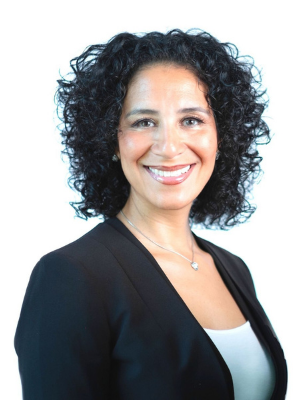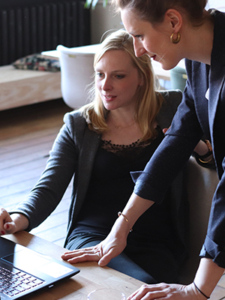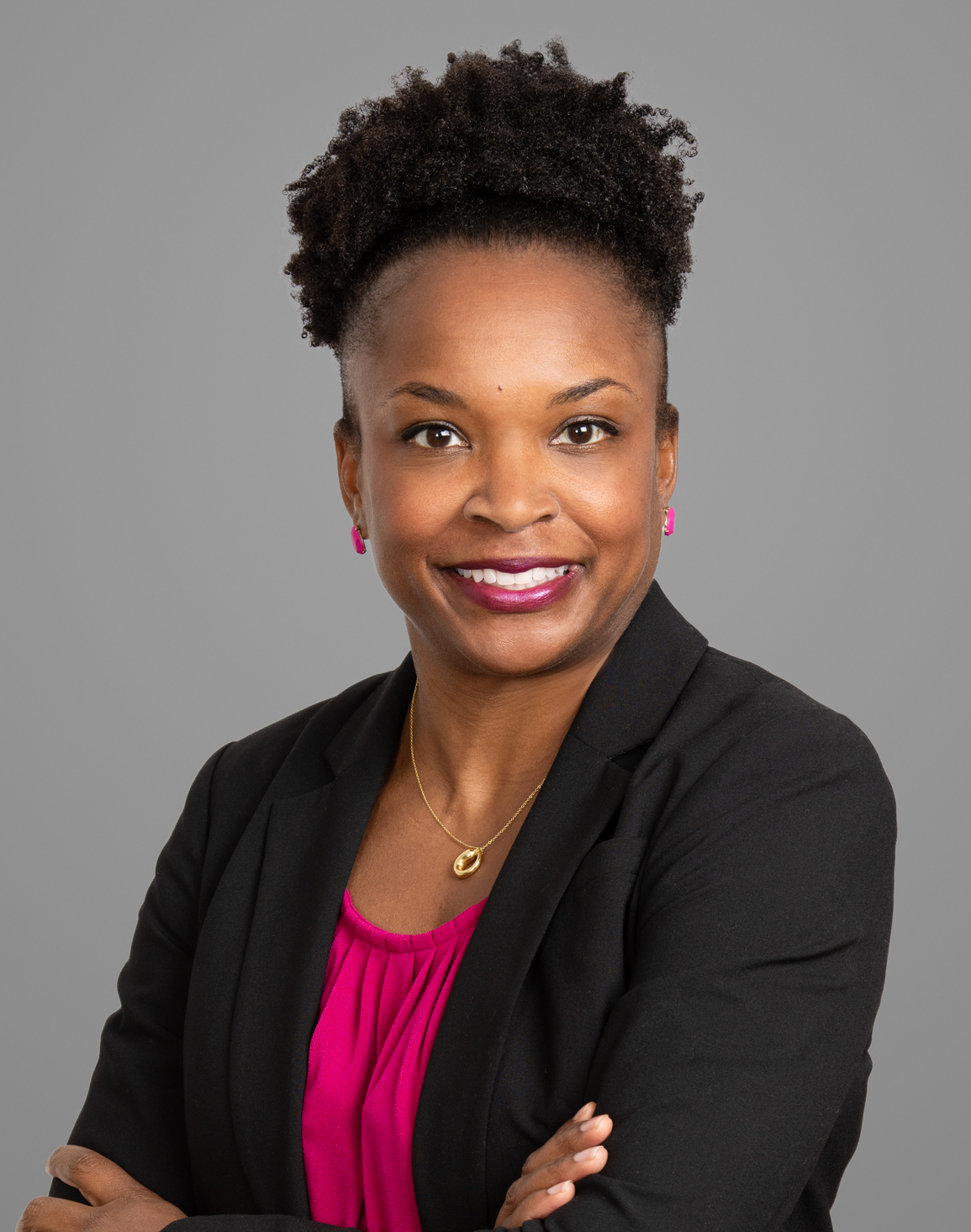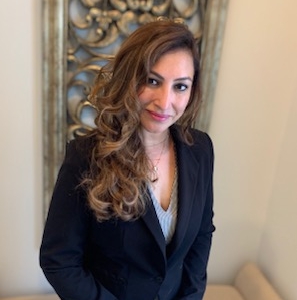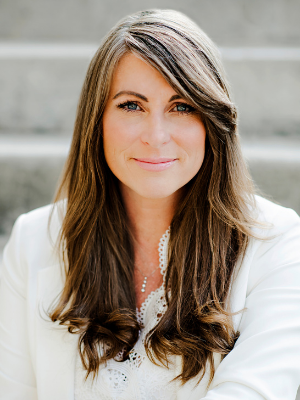 First, let’s get one thing straight: burnout is not an individual problem; it’s an organizational problem that requires an organizational solution. Self-care has been the prevention strategy du jour for decades. And yet burnout is on the rise. Why? Because we’re ignoring the systemic and institutional factors that are the real causes of burnout – things like workload, lack of control, poor relationships, and other root causes that cannot be solved with yoga and vacation time.
First, let’s get one thing straight: burnout is not an individual problem; it’s an organizational problem that requires an organizational solution. Self-care has been the prevention strategy du jour for decades. And yet burnout is on the rise. Why? Because we’re ignoring the systemic and institutional factors that are the real causes of burnout – things like workload, lack of control, poor relationships, and other root causes that cannot be solved with yoga and vacation time.
If you are feeling burned out, know that it’s not your fault. But focusing on what we can do to help ourselves is the part we can control in a world full of the uncontrollable. And if you happen to exhibit one of the following personality traits, you are more prone to burnout.
Neuroticism
Neuroticism is one of the “big five” higher-order personality traits in the study of psychology. If you dig into the definition, it makes sense that this trait correlates to higher rates of burnout. Individuals who score high on the neuroticism scales are more likely than average to be moody and to experience such feelings as anxiety, worry, fear, anger, frustration, envy, jealousy, guilt, depressed mood, and loneliness. People who are neurotic respond worse to stressors and are more likely to interpret ordinary situations as threatening and minor frustrations as hopelessly difficult.
In her 2018 dissertation, “The Relationship Between Big Five Personality Traits and Burnout: A Study Among Correctional Personnel,” Sharon Maylor of Walden University found that neuroticism was the only personality trait that was associated with all three dimensions of burnout.
Conversely, it’s important to see the value in this personality type. We tend to give personality traits like these a bad rap, but there are upsides. People with the neuroticism trait tend to be:
- Highly analytical and hyperaware of threats or dangers
- Cautious and less likely to make impulsive decisions
- More accountable and will take personal responsibility for errors
There are obvious potential benefits to tending toward neuroticism on the team, but you need to be mindful of the downside to avoid burnout.
Introversion
It is a myth that introverts fear or dislike others and are shy and lonely. This is not the case. They simply have nervous systems more suited to spending time in a calm environment with one or a few friends.
Although their nervous systems may be dissimilar to those of extroverts, that doesn’t mean that introverts aren’t just as effective. “Extroverts are routinely chosen for leadership positions and introverts are looked over, although introverts often deliver better outcomes. They’re not perceived as leadership material,” says Susan Cain, bestselling author of Quiet: The Power of Introverts in a World That Can’t Stop Talking, and a frequent speaker on introversion and extroversion in the workplace.
According to Cain’s research, the power of introverts can be identified in the following behaviors. They:
- Tend to be more productive than extroverts and less likely to become distracted
- Explore subjects in more depth
- Are great listeners, which helps them in problem-solving scenarios
- Are often creators; writers and artists are more likely to identify as introverted
- Have a strong capacity for empathy
- Are moderators and can calm stressful situations
- Are more cautious and better at managing risk
However, since the physical office can be a highly social place, research suggests that introverted people are at greater risk of developing burnout than extroverted people.
Introverts working virtually in most situations, minus a global lockdown, are removed from the noise, the hustle and bustle of a buzzing office, the potential disruptions that cause a lack of psychological safety, and the pressure to conform to those office norms. What if we made workplaces free of these kinds of strain?
Just ask Cain, who shared in our interview, “The best workspaces allow people to move freely between solo and shared spaces. Sometimes we want to work alone. Sometimes we crave company. Sometimes we want both of these things in the space of a single morning. Why not design around these natural preferences? Radically open office plans don’t actually increase collaboration or decrease loneliness. On the contrary, they create giant rooms full of worker bees wearing headphones.”
Perfectionism
If you’re prone to perfectionism—specifically, perfectionism concerns— you run a high risk of burning out. Broadly defined, perfectionism is a combination of exceedingly high standards and a preoccupation with extreme self-critical evaluation. Scientists Joachim Stoeber from the University of Kent discovered that our desire and subsequent efforts to achieve perfectionism are acceptable as long as we can emotionally handle scenarios when we don’t achieve it. When we start to believe that everything we do must be perfect and anything less means a failure, or that others may judge us as a failure, then this becomes detrimental to our mental health.
Someone who struggles with perfectionist concerns may exhibit the following traits:
- Maintaining a rigid self-evaluative style that looks at events in all- or-nothing terms, for example, you’re either a winner or a loser.
- Overgeneralizing negative events by making a rule after a single event or a series of coincidences. For example, someone is passed over for a promotion, and the narrative is now, “I will never move up in this company.” These “always” or “never” statements frequently appear in a perfectionist’s vocabulary.
- Ruminating about past failures. Being unable to let go of mistakes and assuming they will come up again in the future.
- Having a strong need for self-validation, for example, always questioning their self-worth. In some situations, they will subconsciously seek out ways to prove they are “right.” They believe their self-worth is constantly threatened.
According to researchers Andrew Hill and Thomas Curran in their article “Multidimensional Perfectionism and Burnout: A Meta- Analysis,” “Perfectionistic concerns are associated with considerable strain that render individuals vulnerable to the accrual of stress and subsequent burnout. In summarizing current understanding of the perfectionism–burnout relationship, then, it is the harsh self-evaluative processes central to perfectionistic concerns that are understood to fuel the perfectionism–burnout relationship, rather than perfectionistic strivings.”
Authors Mick Oreskovich and James Anderson suggest that we need to consider the following, if we experience perfectionist concerns:
- Identify the difference between power versus powerlessness over people, places, things, and situations; if we stop trying to control everything, we will find more joy. It may be a challenge to surrender, but it is necessary to prevent burnout.
- Understand the differences between self-knowledge and self-awareness (self-knowledge is what we believe to be true about ourselves; self-awareness is seeing ourselves as others see us). These insights are rarely the same yet are equally important.
- Accept help.
- Take care of ourselves so that we can take care of others.
Jennifer Moss is an award-winning journalist, author, and international public speaker. She is a nationally syndicated radio columnist, reporting on topics related to happiness and workplace well-being. She is the author of THE BURNOUT EPIDEMIC: The Rise of Chronic Stress and How We Can Fix It.
{Reprinted by permission of Harvard Business Review Press. Excerpted from The Burnout Epidemic: The Rise of Chronic Stress and How We Can Fix It by Jennifer Moss. Copyright 2021 Jennifer Moss. All rights reserved.}


